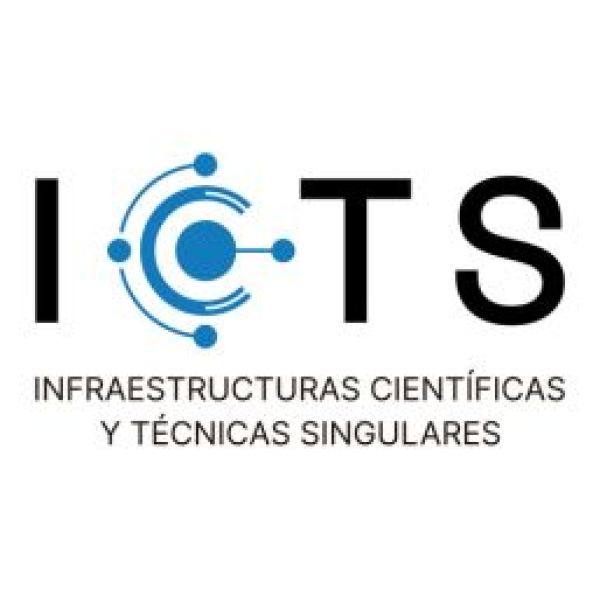BCN, 14 May 2020.- Single-cell genomics provides the ability to understand all the cellular and genetic variability of any biological system at unprecedented resolution. The "Human Cell Atlas", which can be conceived as the periodic table of human cells, is a titanic effort that requires massive collaboration across dozens of countries and laboratories. Despite this single-cell technologies are highly susceptible to technical biases and noise.
A recent study published in Genome Biology and led by researchers at the CNAG-CRG's Single Cell Genomics team, shows the extent to which the time spanned between sample acquisition and cryopreservation (sampling time) can impact the results and interpretation of single-cell-derived data. The research is part of the BCLLAtlas project – funded through an ERC Synergy Grant - which aims at generating genetic, transcriptional and epigenetic maps of hundred-thousands of single cells across locations, time points and individuals. Researchers from the Institut d’Investigacions Biomèdiques August Pi i Sunyer, the Vall d’Hebron Research Institute, the Josep Carreras Research institute and the Hospital Clinic de Barcelona have contributed to the study.
“A thorough experimental design is crucial for the success of single-cell studies. To obtain clinically relevant results, technical biases have to be limited to a minimum. Sophisticated computational approaches are able to spot artifacts, but ideally these are avoided from the very beginning with standardized sampling and robust data generation processes. Our work helps to guide designing solid experimental settings and provides practical solutions to correct biases retrospectively," says Holger Heyn, leader of the Single Cell Genomics team of the CNAG-CRG and senior author of the study.
Biobanked (cryopreserved) blood samples in hospitals are a precious resource to understand mechanisms of disease, specially leukemias and lymphomas. However, there is large variability in the sampling time, since nurses collect the samples at different times during the day, and store them together in batches at a specific time. Likewise, many multi-centric studies require shipping samples to other hospitals, which can take an entire day. The problem is even greater for old samples, since they usually lack proper metadata and which have been used in hundreds of studies. This article defines the best practices for sample handling for single-cell profiling in a bias-free manner.
“Together with similar studies, we show how in science we always need to come back to the basics, regardless of how impressive a technology is. Moreover, we also provide guidelines to deal with this potential artifact in prospective and retrospective studies, so its impact can be minimized”, says Ramon Massoni, PhD student at the Single Cell Genomics team of the CNAG-CRG and first author of the article.
Work of reference
Sampling time-dependent artifacts in single-cell genomics studies











